Great egrets seem to be spread across the Vineyard, as they can regularly be found feeding in shallow water and salt marshes across the Island. But where do they nest?
These large white wading birds did not nest here until the 1980s. Back then there were 300 pairs of snowy egrets and another 300 pairs of black-crowned night-herons nesting on Cape Pogue at Little Neck or in the pines on the north side of Shear Pen Pond. There were also a few tri-colored herons (then Louisiana herons) and glossy ibis mixed into the colony area, though their nesting was never confirmed. It was exciting to watch that large colony.
How did we count that many birds? A couple of hours before dusk the birds foraging across the Island during the day would fly back to the colony to relieve their mates of their parental duties. A short while later their mates would fly off to forage elsewhere through the night. It was easy to count the birds as they arrived at the colony in broad daylight, but their departures could not be counted as they often continued their departures well past dusk.
Now only a few pairs of black-crowns and an occasional snowy remain, while the great egrets are fairly widespread. But how many breeding pairs are there?
We can use this pattern of nest relief to locate their nesting colonies. By recording the location of foraging birds in the late afternoon, and where they head when they leave (they take direct routes back to their nests and mates) we can use multiple observations to triangulate where they are nesting. When you see a foraging egret (or black-crown) in the late afternoon, enjoy their antics as they hunt for food, then record the time of day and the direction they fly when leaving. With this information we may be able to figure out where their colonies are, then determine how many breeding pairs there are.
Bird Sightings
Dan Moriarty observed a female indigo bunting at his feeder on June 2. This species breeds occasionally on the Island, and we had a heavy influx of migratory buntings in late April and early May, so it is more likely for them to nest here this year. The males are conspicuous with their brilliant blue plumage and loud distinct song: “Fire-fire-where-where-here-here-there-there- put-it-out-put-it-out-quickly-quickly.” Listen to it online if you do not believe me.
Watch any buntings you see — from a distance of course — and they may lead you to their nest.
We can also confirm their nesting (or any other songbird) by observing them carrying vegetation to build their nests, carrying food to feed their nestlings, or when fledglings are with them. So if you see a bunting, please check for these behaviors and enjoy the antics you observe.
On May 31, Kate Fowle Meleney used these methods to confirm nesting great crested flycatchers near Crystal Lake when she saw one carrying nesting material in its beak.
Northern bobwhites seem to be spreading northward from the Panhandle Road area, as Jeremiah Brown heard one calling near Holly Lane in West Tisbury on June 2. They are also hanging out up in Aquinnah, as reported from Old South Road by Jo-Ann Eccher, and near the Grey Barn Farm in Chilmark spotted by Margaret Isham.
Also on June 2, my Saturday morning guided birding tour visited Sheriff’s Meadow Sanctuary, where we recorded 32 species seen or heard — most of them were fairly common summer residents. Our highlights included finding a green heron that was climbing around in a shrub near the pond’s edge, which often sat down in a bulky stick nest. We also spotted a black skimmer and least terns foraging on the fresh water pond, which is somewhat unusual. And a group of four grackles and two blue jays were noisily chasing a pair of crows away from the area. On June 4 Jeff Bernier visited and he added three black-crowned night-herons and a northern harrier to the list.
Green herons are popping up in a number of locations. Sharon Simonin observed three of them at Farm Pond and one on Lagoon Pond near Winds Up, while Lisa Maxfield observed one at nearby Brush Pond (maybe the same bird).
Northern gannets have been flying by offshore on their way to their breeding Islands in the North Atlantic. Their plunge-diving into the ocean to catch fish is spectacular to see, especially if there is a flock of them diving simultaneously. Because they are offshore, we often do not get close looks at them, but Polly Alden got lucky on May 31, as she spotted a gannet resting on the beach at Wasque that was in mostly adult plumage with traces of immature plumage.
Not mentioned in last week’s column were several species spotted by Allan Keith from May 22 to 23. At Squibnocket he found a willow flycatcher, at Menemsha Hills he found eastern wood-pewee, bay-breasted and blackpoll warblers. And an orchard oriole was singing at the Oak Bluffs Pumping Station.
The breeding season is in full swing, and your observations will help document their nesting. Please report your sightings to birds@mvgazette.com.
Robert Culbert leads Saturday morning Guided Birding Tours and is an ecological consultant living in Vineyard Haven.

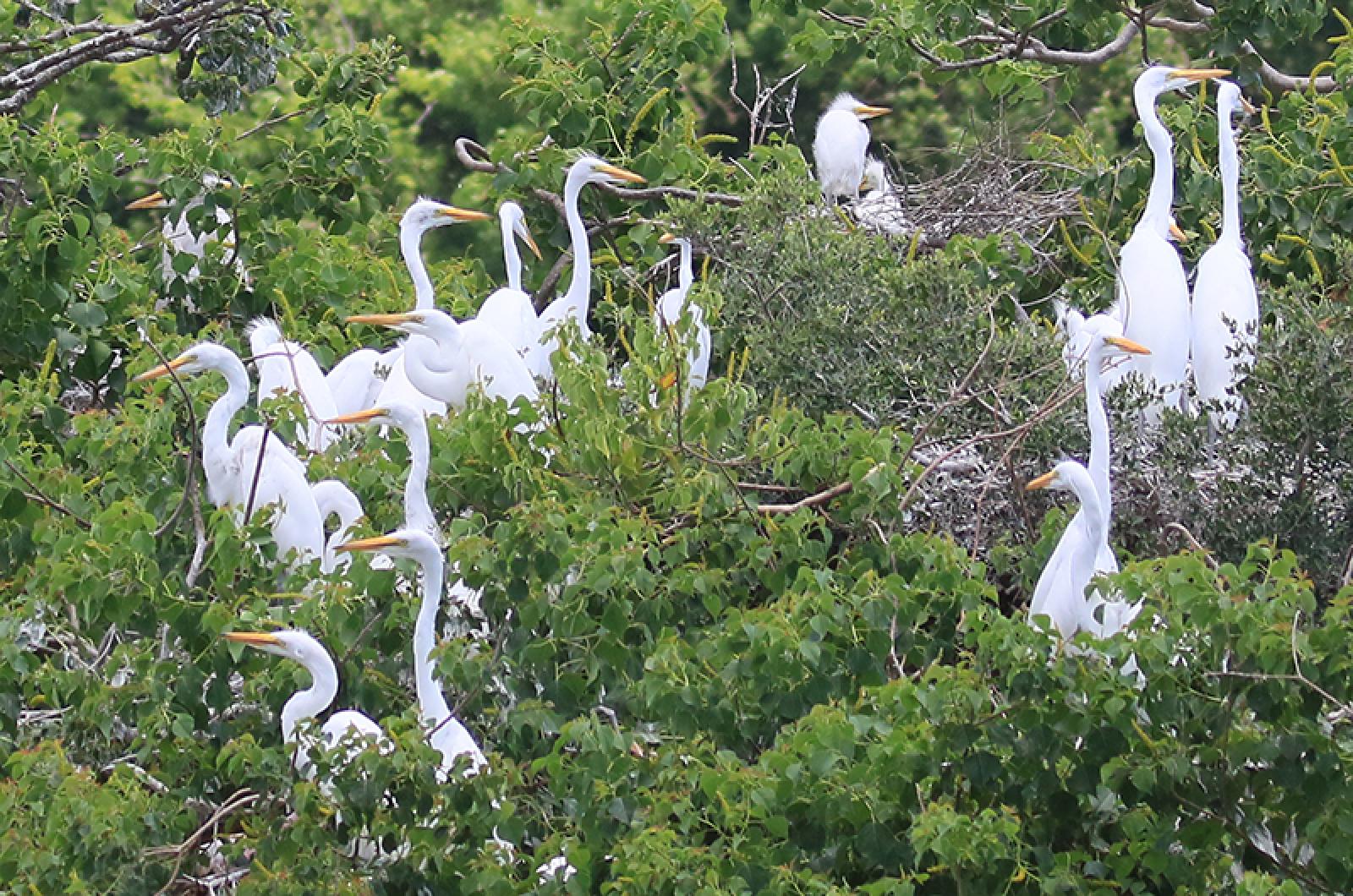
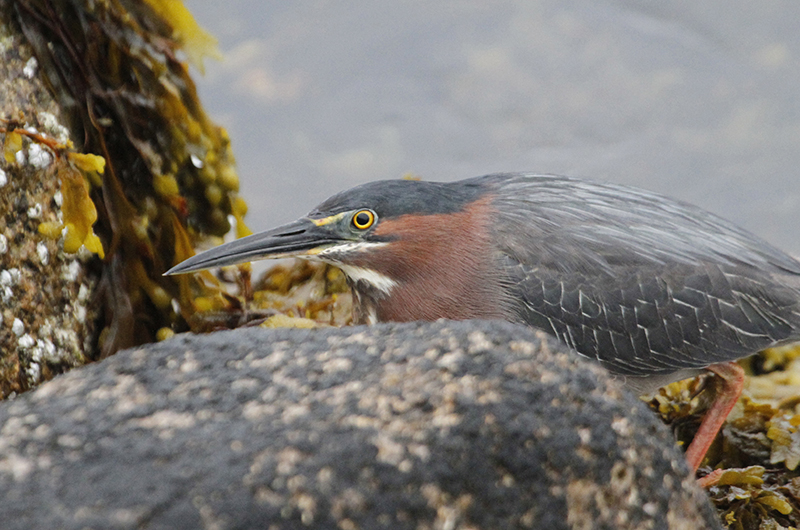
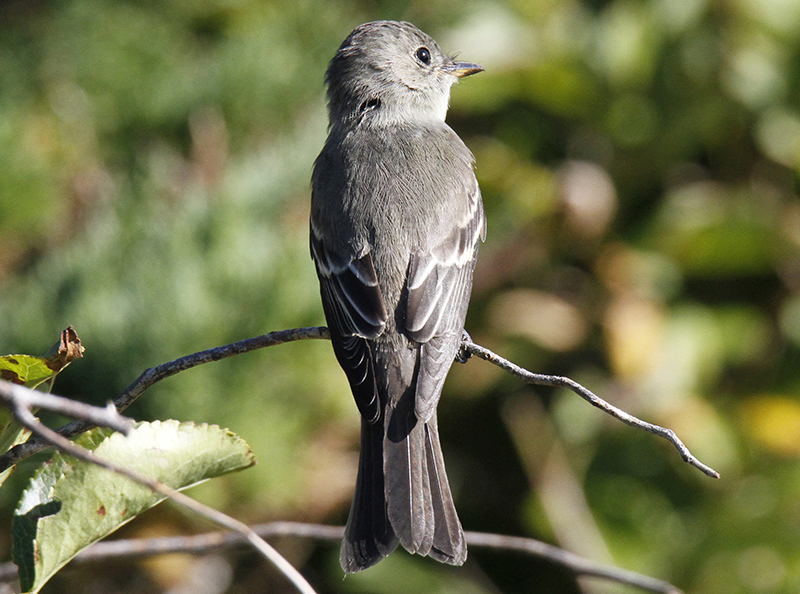
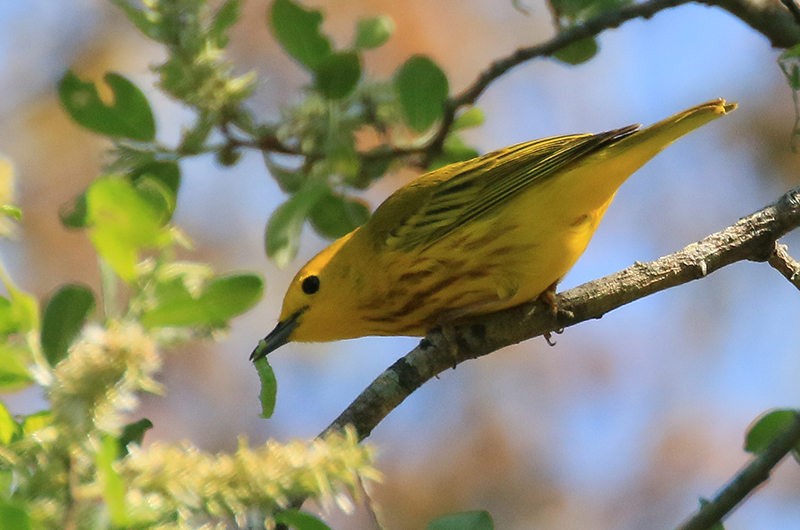
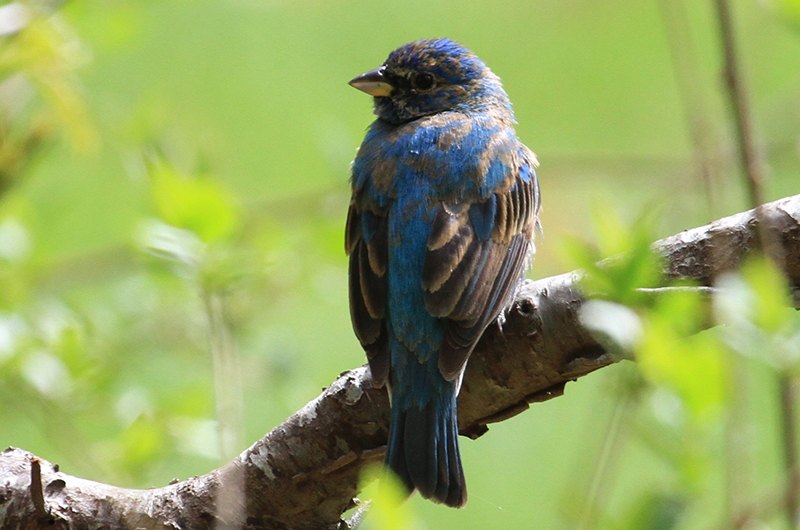


Comments
Comment policy »